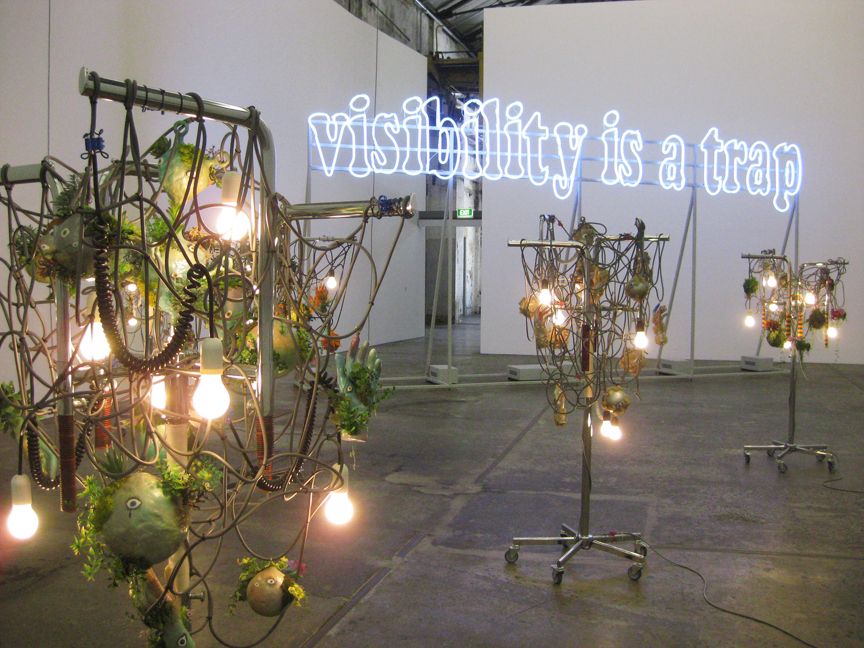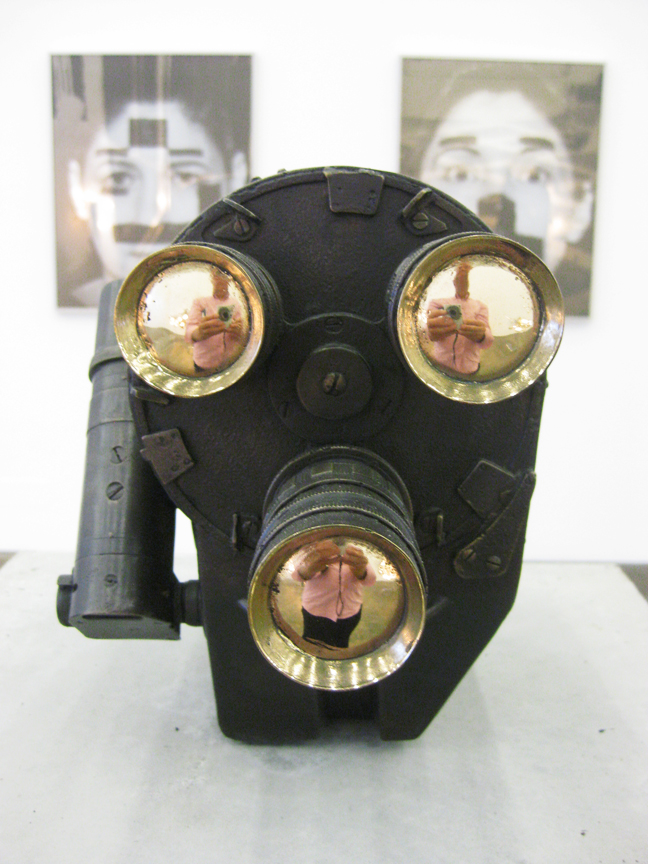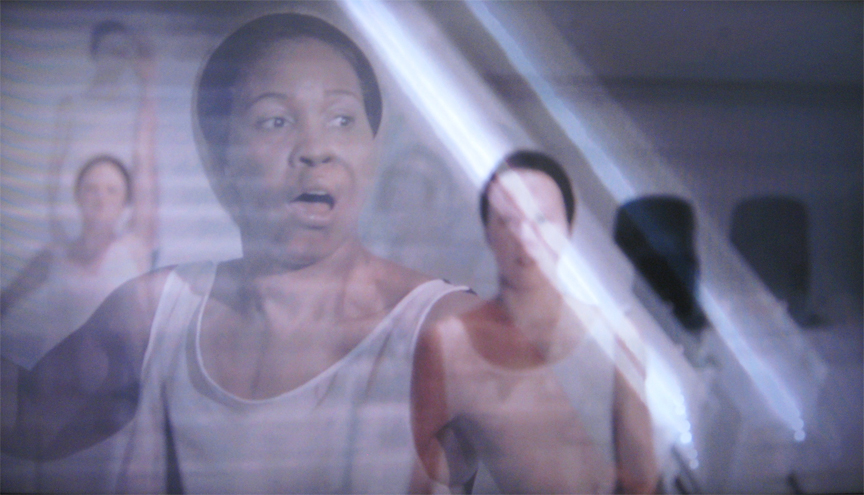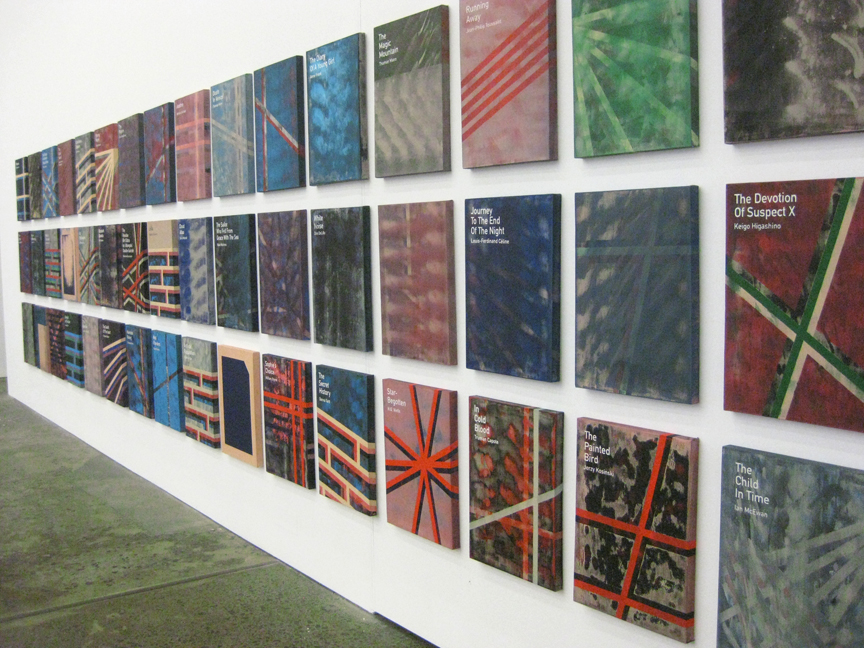Shows
“You Promised Me, and You said a Lie to Me” at Anna Schwartz Gallery



"You Promised Me, and You Said a Lie to Me,” at Sydney’s Anna Schwartz Gallery, is the latest exhibition coordinated by rising curator Alexie Glass-Kantor, who recently landed in Sydney from Melbourne as Artspace Visual Arts Centre’s new executive director. For this exhibition—which features works by Susan Jacobs, Heman Chong, Laurent Grasso, Jesse Jones, Jane and Louise Wilson, Ming Wong, and Haegue Yang—Glass-Kantor was inspired by a line from an eighteenth century Irish ballad whose provenance is said to reach back to the eight century and the result is a rather dense and obscure undertaking.
According to a somewhat portentous catalogue essay, resistance and vulnerability in relationships, and “whether any promise can truly be kept, within the conditions of human fallibility,” are the main themes reflected in the works. But throughout the exhibition, one struggles to grasp this underlying theme.

Haegue Yang’s installation, Strange Fruit (2013)—an assemblage of painted mannequin hands, imitation plants and plastic bits and bobs, hanging with illuminated light bulbs from shop-floor clothing racks—for example, confers, according to the essay, “a deeply disturbing character to otherwise innocuous domestic items" and allows the items to “speak of the lives extinguished by intolerance in public displays of hatred.”
Laurent Grasso’s, visibility is a trap (2012), a text-based neon installation mounted high on a metal frame which impedes both entry and exit from the gallery, is similarly opaque—so clouded by literary allusions that its meaning is beyond redemption. The phrase has been drawn from Michel Foucault’s Discipline and Punish: The Birth of Prison (1975), but the transformation from “statement into a physical manifestation of the power structures,” that Glass-Kantor denotes all but escapes the viewer.
For those who have the time to stand and stare, there are revelatory moments to be had when works are not clouded by overwrought explanation. A central and most interesting proposition of the exhibition begs questions about human relationships: are they inevitably a struggle for power and control? Works most effective in expressing this sentiment are those that save the viewer an intellectual arm-wrestle with the curator’s conceptual framework.
Two works which stand to attest this are Ming Wong’s film Actress’ Entrance (2012) from his 2011 live performance Persona Performa and Jane and Louise Wilsons’ The Konvas Automat (2012). The former is succinct and pithy, operating on a level few of the other works are able to achieve, with endless dream-like sequences that show several actors of diverse ethnic backgrounds morphing into one another—the inference being that it is pointless to try to reduce disparate personalities into a single identity.

The Wilson sisters’ work explores the notion of abandoned power—a theme to which they have often returned—with a bronze cast of a camera similar to one used by Soviet filmmaker Vladimir Shevchenko when he made Chernobyl: A Chronicle of Difficult Weeks (1986) in the months following the disaster. So irradiated was the original film that it has been subsequently described as the most dangerous reel of film in the world—the camera itself buried in a concrete bunker outside Kiev to stifle its toxic fumes. In the gallery, the doppelganger camera sits mutely on a beautifully fashioned concrete plinth signifying man’s folly in his race to embrace a nuclear future, constantly duped into believing that such exigencies are firmly contained.
Rounding out the exhibition nicely, it is a pleasure to see Heman Chong’s ongoing "Cover (Versions)" series (2013) expanded with 51 specially commissioned faux book covers in paint. Each appropriates popular titles and graphics, creating a tense balance between understanding and expectation.
“You Promised Me, and You Said a Lie to Me” is an assemblage of works clouded with obfuscation, to the point where the whole of the exhibition seems weaker than the sum of its parts. Its best moments are those where a level of intellectual understanding of the curator’s dense premise is not a prerequisite.
You Promised Me, and You Said a Lie to Me in on view at Anna Schwartz Gallery through November 9, 2013.
Michael Young is contributing editor at ArtAsiaPacific.







